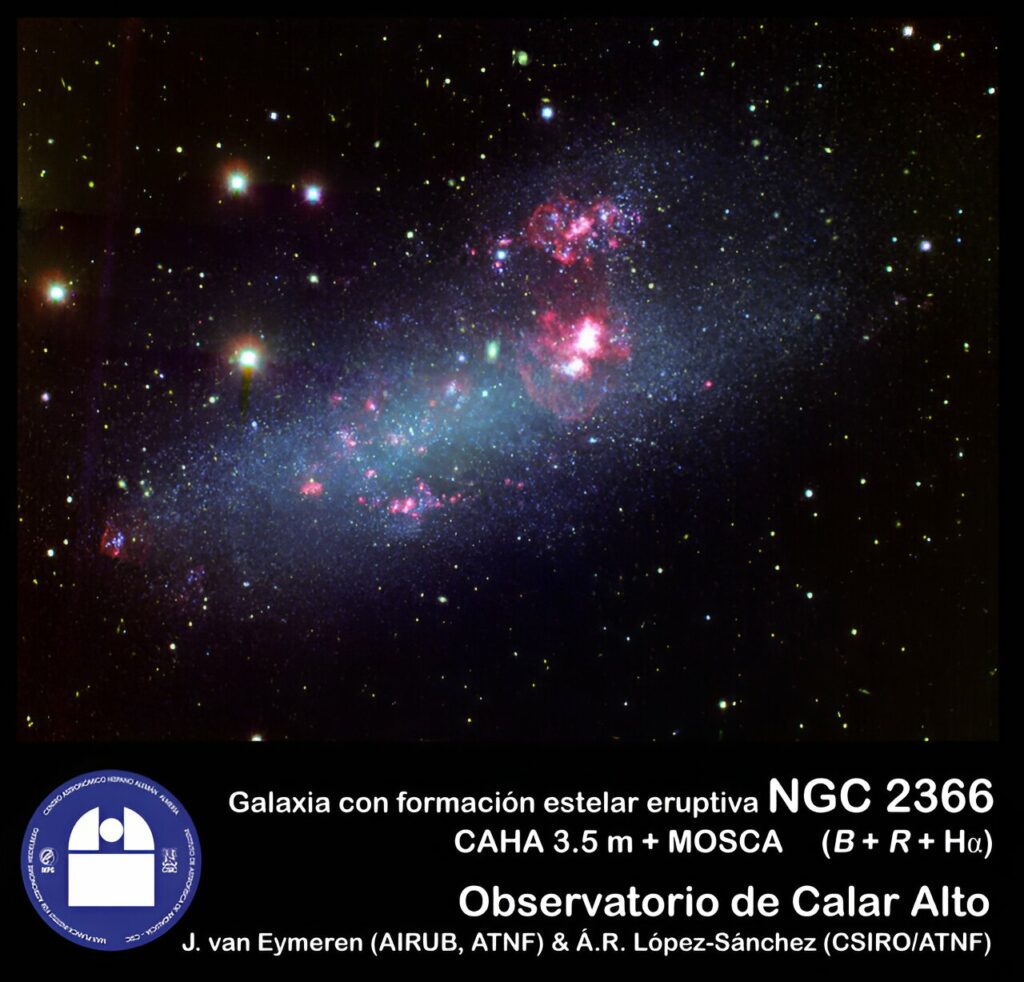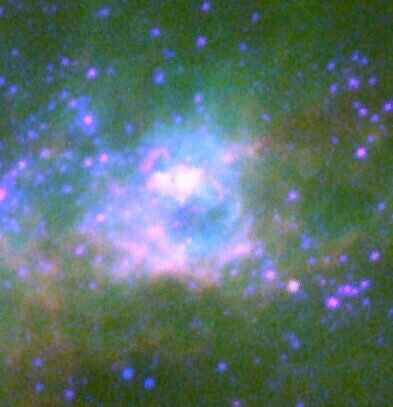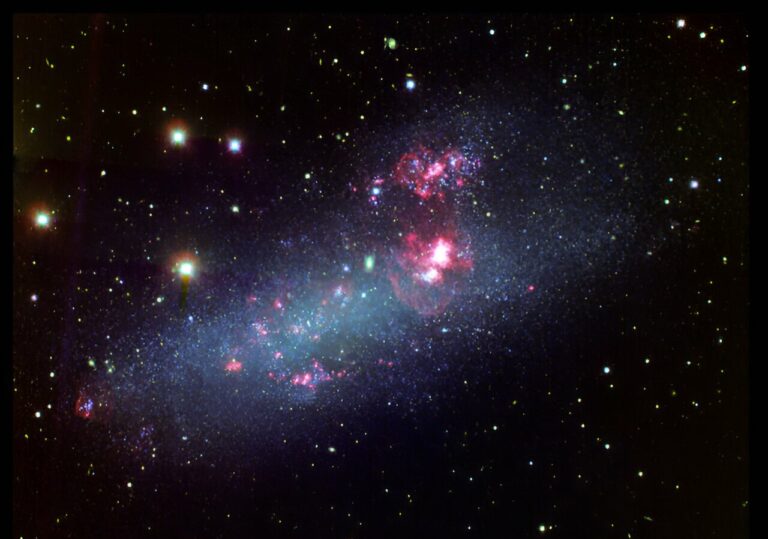Dwarf Galaxies Employ a 10-Million-Year Period of Dormancy to Fuel Intensive Star Formation
Observing galaxies brimming with stars might lead you to believe they act as prolific star factories, producing luminous gas spheres. However, the reality is quite different—less developed dwarf galaxies possess larger regions of star factories characterized by higher rates of star formation. Researchers from the University of Michigan have unraveled the cause behind this phenomenon: these galaxies experience a 10-million-year delay before expelling the gas that clutters their surroundings. This delay allows star-forming regions to retain their gas and dust, facilitating the coalescence and evolution of more stars.

In these relatively pristine dwarf galaxies, massive stars—those ranging from 20 to 200 times the mass of our sun—undergo collapse to form black holes instead of exploding into supernovae. In contrast, more mature and polluted galaxies like our Milky Way are prone to explosive events, leading to a collective superwind. This superwind forcefully expels gas and dust from the galaxy, promptly halting the process of star formation.
Their findings are published in the Astrophysical Journal.
Michelle Jecmen, the study’s primary author and an undergraduate researcher, noted, “As stars undergo supernova, they contaminate their surroundings by generating and releasing metals. We posit that in environments with low metallicity—galaxies relatively free from pollution—a 10-million-year delay occurs in the initiation of robust superwinds. This delay, in turn, leads to increased star formation.”
The researchers from the University of Michigan reference the Hubble tuning fork, a diagram depicting the galaxy classification system established by astronomer Edwin Hubble. In the handle of the tuning fork are the largest galaxies, characterized by their substantial size, rounded shape, and abundance of stars, having already converted all available gas into stars. Moving along the tines of the tuning fork, one encounters spiral galaxies with gas and star-forming regions along their compact arms. At the terminus of the tuning fork’s tines are the least developed, smallest galaxies.
Sally Oey, a senior author of the study and astronomer at U-M, remarked, “But these dwarf galaxies possess extraordinarily large star-forming regions. There have been various hypotheses to explain this phenomenon, and Michelle’s discovery provides a compelling explanation: these galaxies struggle to halt their star formation because they do not expel their gas.”

Moreover, this period of 10 million years of tranquility presents astronomers with a unique opportunity to examine scenarios reminiscent of the cosmic dawn—an epoch immediately following the Big Bang, according to Jecmen. In pristine dwarf galaxies, gas consolidates and forms gaps through which radiation can escape, a phenomenon known as the “picket fence” model. In this model, UV radiation escapes between slats in the fence. The delay in superwinds explains why gas has sufficient time to aggregate.
Ultraviolet radiation plays a crucial role as it ionizes hydrogen, a process that occurred shortly after the Big Bang, transforming the universe from opaque to transparent. Jecmen notes, “Looking at low-metallicity dwarf galaxies with abundant UV radiation is somewhat akin to peering back to the cosmic dawn. Understanding the time near the Big Bang is incredibly intriguing and foundational to our knowledge. It’s remarkable that we can observe similar situations in galaxies existing today.”
In a second study published in the Astrophysical Journal Letters and led by Oey, the Hubble Space Telescope was utilized to examine Mrk 71, a region in a nearby dwarf galaxy situated approximately 10 million light years away. The team discovered observational evidence supporting Jecmen’s scenario. Using a novel technique with the Hubble Space Telescope, the team employed a filter set designed to observe the light of triply ionized carbon.
In more mature galaxies with numerous supernova explosions, the ensuing heat from these explosions raises the temperature of gas in a star cluster to extremely high levels—millions of degrees Kelvin, as explained by Oey. In this scenario, the hot superwind expands, expelling the remaining gas from the star clusters. However, in low-metallicity environments like Mrk 71, where stars aren’t undergoing explosive events, the energy within the region is radiated away, preventing the formation of a superwind.
The team’s filters captured a diffuse glow of ionized carbon throughout Mrk 71, indicating that energy is radiating away, and thus, there is no hot superwind. This allows dense gas to persist throughout the environment.
Oey and Jecmen emphasize that their research has numerous implications. Oey notes, “Our findings may also be crucial in explaining the properties of galaxies currently observed at cosmic dawn by the James Webb Space Telescope. I believe we’re still in the process of understanding the consequences.”
This article is republished from PhysORG under a Creative Commons license. Read the original article.
Do not forget to share your opinion with us to provide you with the best posts !




0 Comments